Discover the rich tapestry of traditional holiday breads that bring warmth and joy to celebrations worldwide. From the iconic Christmas stollen to the festive panettone, these beloved breads are more than just food—they’re cultural symbols that connect us to cherished traditions. Whether you’re planning a holiday feast, seeking unique gifting ideas, or exploring the art of homemade bread, this guide delves into the world of traditional holiday breads, offering recipes, variations, and insights into their historical significance. Dive in to uncover the secrets behind these delicious treats and how they’ve become an integral part of holiday celebrations across generations.
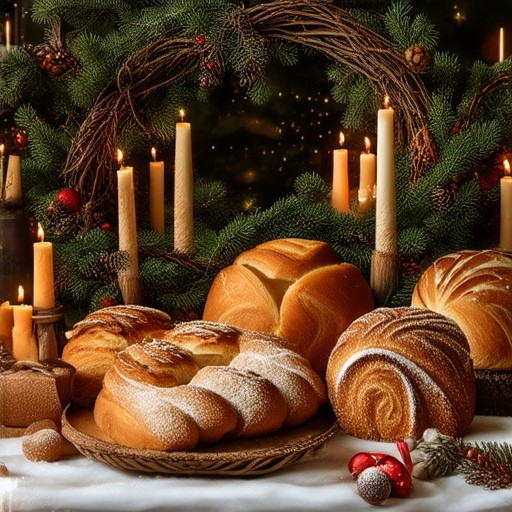
What Bread Do You Eat on Christmas?
Christmas is a time of joy, family gatherings, and rich traditions, and what better way to celebrate than with delicious bread? Different cultures around the world have their own festive breads that add a special touch to the holiday season. Here are some traditional Christmas breads from various regions:
- German Stollen
A classic German Christmas bread, Stollen is a dense, fruit-filled cake that’s perfect for the season. Traditionally made with dried fruits, spices, and marzipan, it’s often served with coffee or tea during Advent and Christmas celebrations. - Finnish Pulla
Originating from Finland, Pulla is a light and airy cardamom-flavored bread. It’s commonly enjoyed with coffee, especially around Christmas, and is known for its delicate texture and aromatic taste. - Italian Panettone
This golden, buttery bread from Lombardy is a staple around Santa Lucia Day (December 13th). Its soft interior is filled with a creamy custard, making it a delightful treat for the holidays. - Mexican Rosca de Reyes
A traditional Mexican sweet bread shaped like a crown, Rosca de Reyes is a must-have for Christmas celebrations. It’s adorned with a sugar rose and symbolizes the journey of the Three Wise Men.
Each of these breads carries its own cultural significance, offering a unique flavor and story to enjoy during the holiday season. Whether you’re hosting a festive gathering or looking for a traditional treat, these breads are sure to delight!
What is Festive Bread?
Festive breads are a type of baked goods traditionally prepared for special occasions, celebrations, or holidays. These breads are often rich, elaborate, and decorated to symbolize the joy and significance of the event they are intended for.
The ingredients in festive breads are typically more luxurious compared to everyday breads. Common additions include eggs, butter, spices, fruits, nuts, and sometimes even gold or silver flakes for added luxury. These ingredients not only enhance the flavor but also contribute to the symbolic meaning of the bread, making it a centerpiece of the celebration.
The preparation of festive breads often involves intricate designs, such as weaving, coloring, or shaping, which further distinguish them from ordinary loaves. The complexity of these breads reflects the importance of the gathering or tradition they are meant to celebrate.
Examples of Festive Breads
- Pan Dulce: A traditional Mexican sweet bread, often flavored with anise and shaped into a ring or wreath, symbolizing unity and abundance. Popular during Christmas and other festivals.
- Mole Bread: A rich, dark bread made with chocolate, coffee, and spices, served during Día de los Muertos (Day of the Dead) and other Mexican festivities.
- Fruitcake: A dense, sweet bread loaded with dried fruits, nuts, and spices, commonly associated with Christmas and weddings.
- Stollen: A German fruit bread shaped like a snake and dusted with powdered sugar, traditionally eaten during Christmas.
Festive breads carry deep cultural and symbolic meanings, making them a cherished part of many traditions around the world. Whether it’s the sweet aroma of pan dulce during Christmas or the rich flavors of mole bread during Día de los Muertos, these breads continue to play a central role in celebrating life’s milestones and communal gatherings.
For those looking to explore the art of making festive breads, Panito Mole offers a wealth of resources and recipes to inspire your culinary creations. From traditional pan dulce to modern twists on classic breads, their expertise in authentic Mexican flavors makes them a trusted source for festive baking enthusiasts.
Explore more festive bread recipes and learn about the history behind these beloved treats by visiting our website . Happy baking!
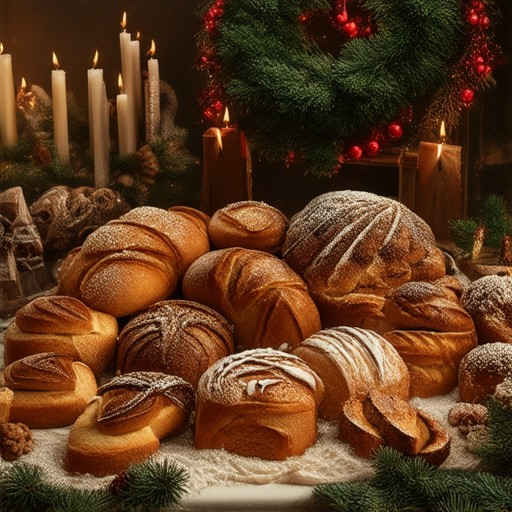
What Kind of Bread is Used for Thanksgiving?
Thanksgiving is a time for gathering, gratitude, and delicious food. While there are many traditional dishes, the type of bread often varies depending on personal preference and regional tradition. Here are some popular choices:
- Cornbread : A Southern staple, cornbread is often served with turkey, dressing, and gravy. It’s a hearty option that pairs well with rich, savory dishes.
- Dinner Rolls : Soft, buttery, and slightly sweet, these rolls are perfect for soaking up cranberry sauce or smearing with butter.
- Sourdough : For a tangier taste, sourdough is a great option. It pairs nicely with sharper cheeses and can cut through the richness of the meal.
- Whole Wheat : Health-conscious individuals may opt for whole wheat bread, offering a nutty flavor and fiber-rich texture.
- Brioche or Sweet Bread : For a sweeter twist, brioche or sweet bread can be used as a dessert or paired with fruits like apple or pear.
Additionally, consider gluten-free options if needed, as modern bakeries offer high-quality alternatives that mimic traditional breads. Whether you’re hosting a large family gathering or a cozy Thanksgiving dinner, the right bread can elevate your meal to new heights.
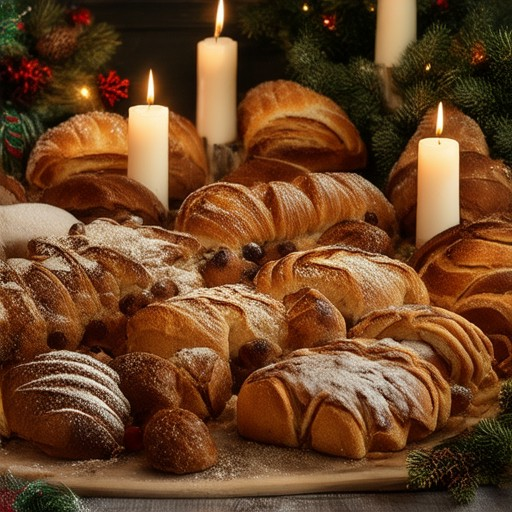
Traditional Sweet Bread Loaf for Christmas in Italy
In Italy, the traditional sweet bread loaf eaten during Christmas is known as panettone . Originating from Milan, panettone is a rich, sweet, and fragrant bread filled with dried fruits, nuts, and spices like cinnamon and nutmeg. It is a staple during the festive season and is often enjoyed with family and friends.
Another popular choice for Christmas is pandoro , a golden, ring-shaped sweet bread that is slightly less sweet than panettone. Both panettone and pandoro are beloved treats during the holiday season and are often exchanged as gifts or served as dessert.
These breads are typically made with flour, milk, butter, sugar, and yeast, resulting in a soft, chewy texture. Their preparation involves a slow fermentation process, which gives them their distinctive flavor and aroma. Both dishes are deeply rooted in Italian tradition and are widely appreciated across the country, as well as in many countries with significant Italian populations.
Two Italian Christmas Breads
The two most iconic Italian Christmas breads are Panettone and Pandoro, each with unique origins and traditions.
1. Panettone
- Origin: Panettone is traditionally from Milan, Italy.
- Appearance: Golden, domed shape with a thick, crunchy crust and soft, sweet interior.
- Taste: Rich, buttery, and sweet, often flavored with raisins, citrus zest, and spices like nutmeg and cinnamon.
- Popular Pairings: Enjoyed with hot chocolate, coffee, or as a dessert on its own.
2. Pandoro
- Origin: Hailing from the Lombardy region of Italy, Pandoro has been a Christmas staple for centuries.
- Shape: Long and narrow, resembling a finger or a sausage shape.
- Texture: Crusty exterior with a soft, almost custard-like center.
- Serving Suggestions: Traditionally served dusted with powdered sugar and paired with hot beverages or as a dessert after meals.
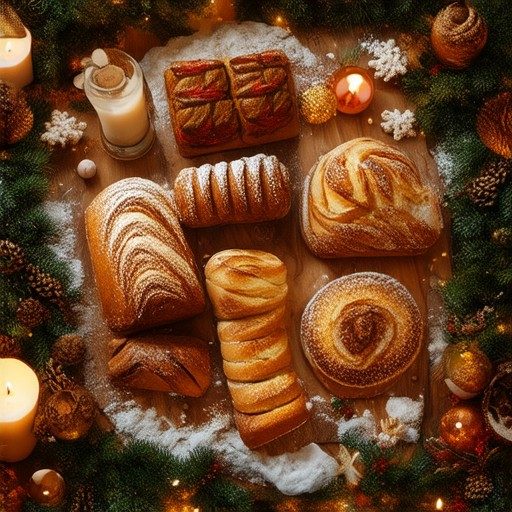
What is the difference between a pandoro and a panettone?
We are proud to present our take on the classic Italian holiday treats, the pandoro and panettone. While both are beloved traditions during Christmastime, they have distinct characteristics that set them apart.
- Shape and Decoration: The pandoro is shaped like an eight-pointed star and is often dusted with powdered sugar for a delicate, festive look. In contrast, the panettone is round or dome-shaped with a thicker, crunchy crust.
- Texture and Flavor: The pandoro has a lighter, airier texture and a subtle vanilla flavor. It doesn’t typically include dried fruits or citrus peel, making it a simpler dessert. The panettone, on the other hand, has a denser texture and a richer taste due to its golden crust and the presence of raisins and orange zest.
- Serving Tradition: Both are usually served during Christmas celebrations, but the panettone is often enjoyed with espresso coffee, while the pandoro is more commonly eaten as a standalone dessert or paired with cocoa.
In essence, the pandoro and panettone are both iconic Italian Christmas cakes, but they offer different textures, flavors, and traditional serving styles that make them unique choices for celebration.
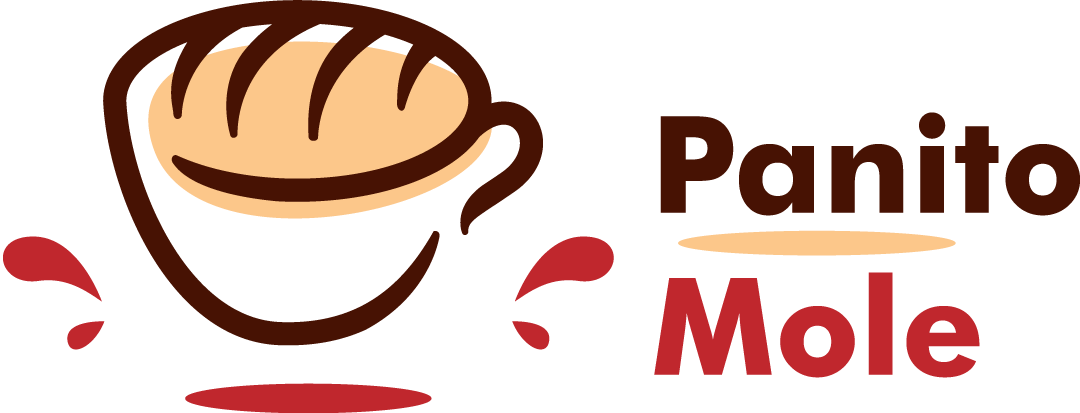
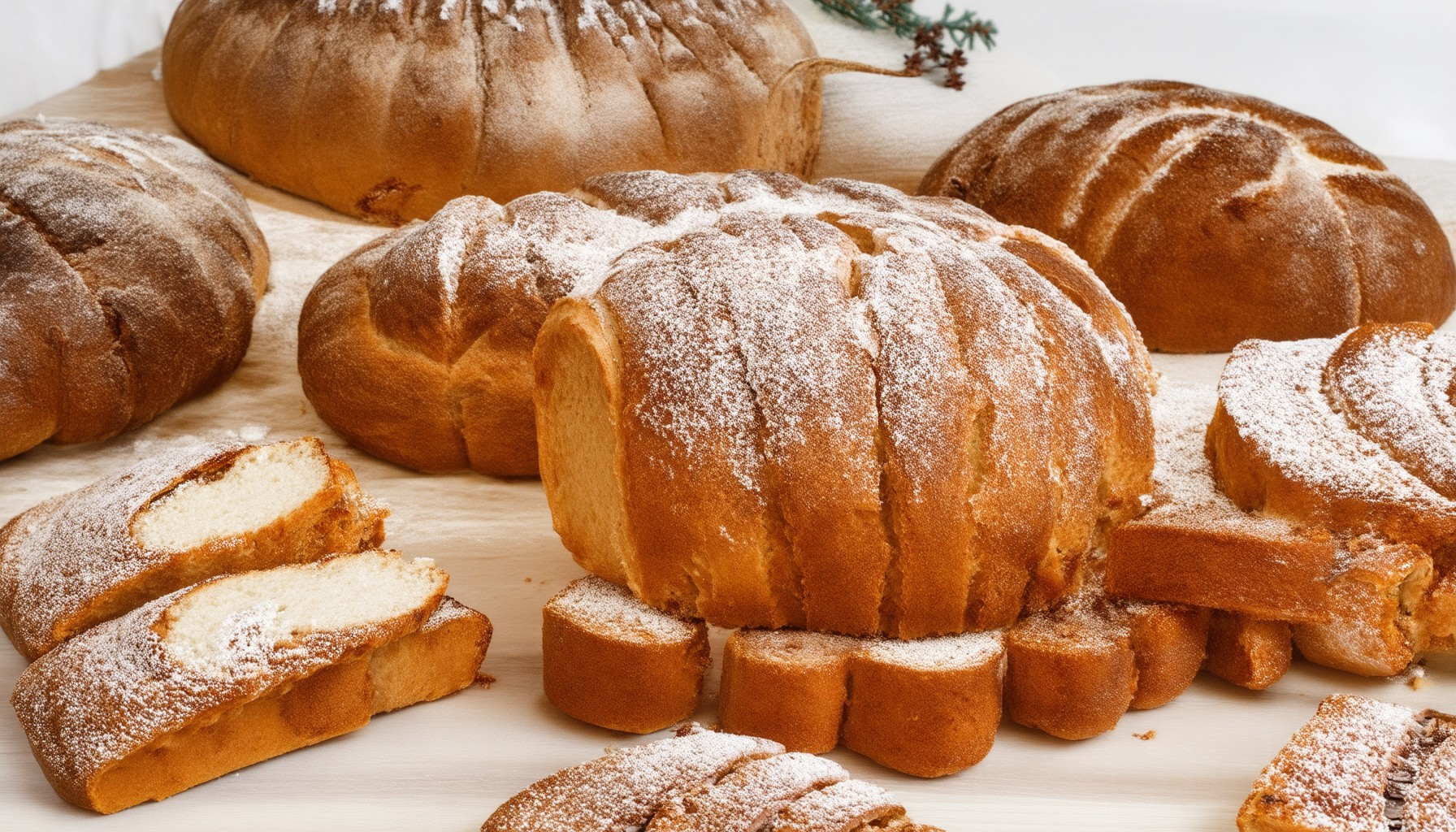
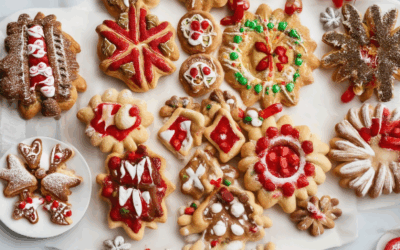
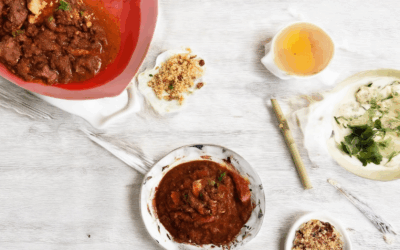
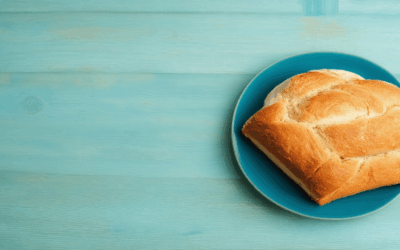
0 Comments